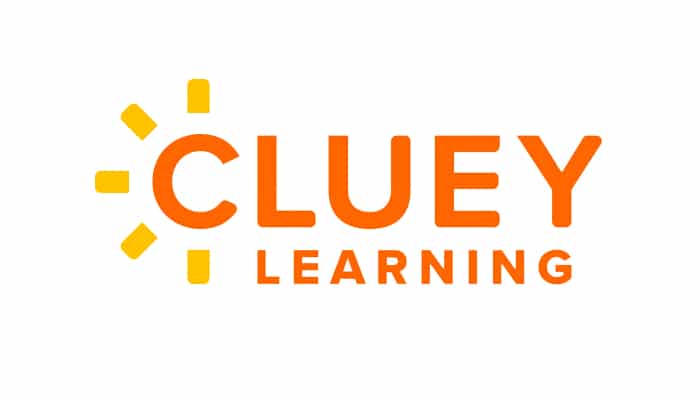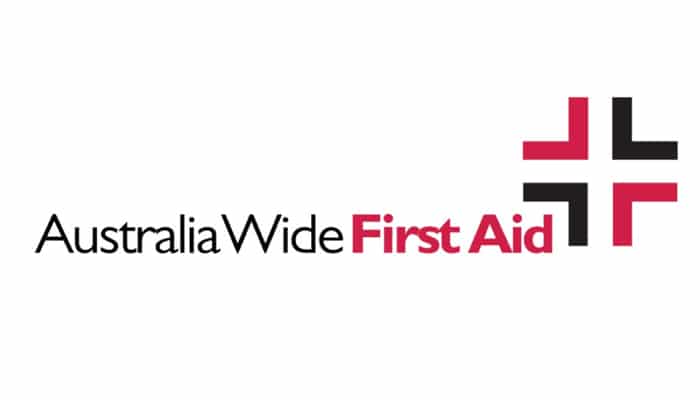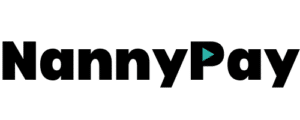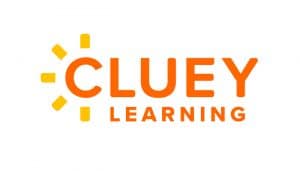We were taught through our professional development as teachers that if you have a simple problem, like 420 plus 17, a kid should be able to do that off the top of their head straight away. For example, 420 plus 10 is 430. And then you add the seven from the ones place of the 17.
Many parents I have seen firsthand, and students, would take 420, put it on the first line and put 17 on the second line. They would do the numbers going vertically and call it a day. And I would say to them, “Oh, how do you know that’s the answer?” And they would say, “Because I just did it.” So I say, “Okay, what is the number represented in the ones place? What is the number represented in the 10s? place? How could you partition this number to show me in a different way? How you got your answer? How would you explain this to a prep child?”
There’s many, many different expectations that I chat with my kids about to make sure that they understand how they got the answer, why the answer is the way that it is and if they had to teach it back to me or to a parent that they could say it succinctly and clearly using mathematical knowledge.













